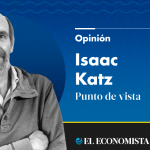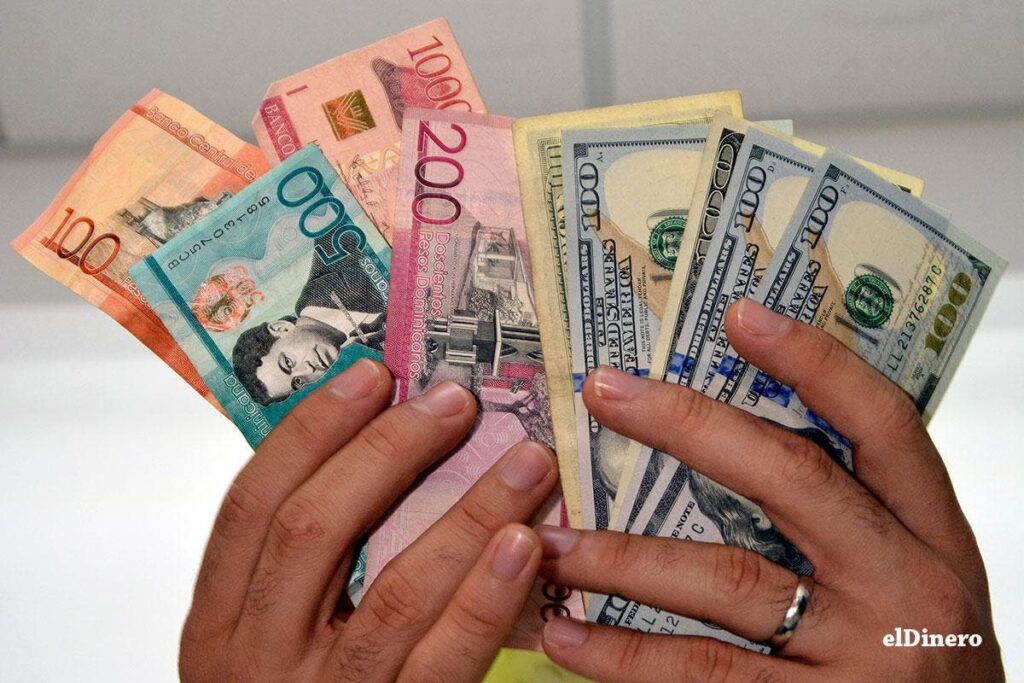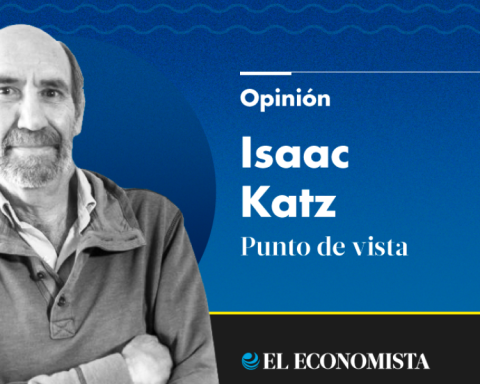US inflation remained high in January and slowed less than expected from a year ago. Consumer prices rose 6.4% in the year-on-year period, against 6.5% in the previous month, according to the CPI index published Tuesday by the Labor Department and used to index pensions and other benefits.
The decrease is less than expected, since analysts were forecasting a rate of 6.2%, according to the MarketWatch consensus; an economic information site.
“Inflation in the United States continues to slow, which is good news for families and businesses,” declared Democratic President Joe Biden. However, he cautioned that “there is still work to be done in this transition to more steady and stable growth, and there could be bumps along the way.”
In January, monthly inflation even rose again for the first time since September, rising to 0.5% from 0.1% last month, according to upwardly revised data from the initial publication.
The CPI rise “is stronger than expected,” Ryan Sweet, an economist at Oxford Economics, said in a note.
“There are risks that inflation will exceed expectations in the first half of this year,” he said, but added that “it should ease more significantly in the second half as goods disinflation intensifies and the service inflation.
A wind of optimism had blown in December when inflation slowed sharply. “Yes, inflation is slowing, but it won’t be a smooth ride,” Gregory Daco, chief economist at EY Parthenon, warned in a note.
higher rates
The United States Federal Reserve (Fed, central bank) works to curb inflation. Its chairman, Jerome Powell, recently warned that the process of “deflation has begun”, although the road ahead is “long and bumpy”.
“For Fed members, this slow decline in inflation only makes sense to keep interest rates higher for longer,” said Rubeela Farooqi, chief economist at HFE.
These data should convince the monetary authority of the need to continue raising reference rate rates and to keep them high for a long time.
In turn, that pushes commercial banks to raise rates on loans, whether real estate, auto or consumer, thereby discouraging consumers from buying. That process should ultimately reduce the pressure on prices.
How it affects Uruguay
The global interest rate conditions the credit of all markets and it makes the international investor who comes to the country more demanding, because he finds another risk-free return with an increase in interest rates in advanced countries.
For countries like Uruguay, the rise in rates implies having to pay a higher rate to be able to access international financing in the debt markets at the time of issuance, to the extent that the risk-free US treasury bonds are becoming more attractive. Although the good credit rating softens that increase. The increase in rates also contributes to the global strengthening of the dollar which becomes more attractive compared to other currencies.
The Observer and AFP

















